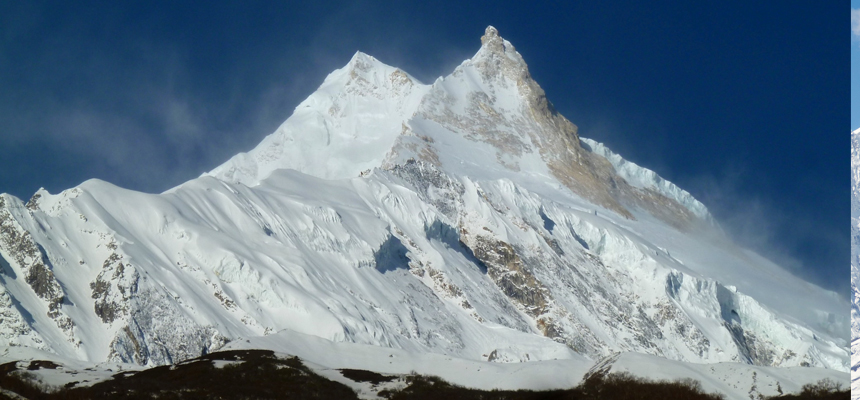Manaslu was declared a “Conservation Area” in December 1998 by Ministry of Forest and Soil Conservation under the National Parks and Wildlife Conservation Act of Nepal. It covers an area of 1663 sq. km. The region harbors a mosaic of habitats for 33 species of mammals, 110 species of birds, 11 species of butterflies and 3 species of reptiles. There are approx 2000 species of plants, 11 types of forests and over 50 species on useful plants. The bio-climatic zones vary from sub-tropical to Nival. The altitude rises from a mere 600m. to the summit of Mt. Manaslu (8,163), the eighth highest peak in the world. The vegetation of the area can be divided into three main categories, based mainly on the altitude, viz. Low hill, Middle mountain and High mountain types. Each category has its own types of dominant forests and other associated species. The types of vegetation, however, tend to overlap the adjoining ones at places especially in relation to aspect and micro-climate. While the forest types are quite distinct, the underlying as well as adjoining flora in different forest types does not vary so sharply.
This is especially true in cases of many NTFPs including medicinal herbs and romatic plants, many of which have a large encountered in different forests types and adjoining vegetation. The presence of 19 types of forests and other forms of dominant vegetation have been recorded from the area. The trek starts from Gorkha, home of the legendary Gorkha soldiers, and follows the meandering Budhi Gandaki River or the Darundi River before reaching Larke Pass (5,106 m.) and crossing over into Manang district of ACAP


Comments